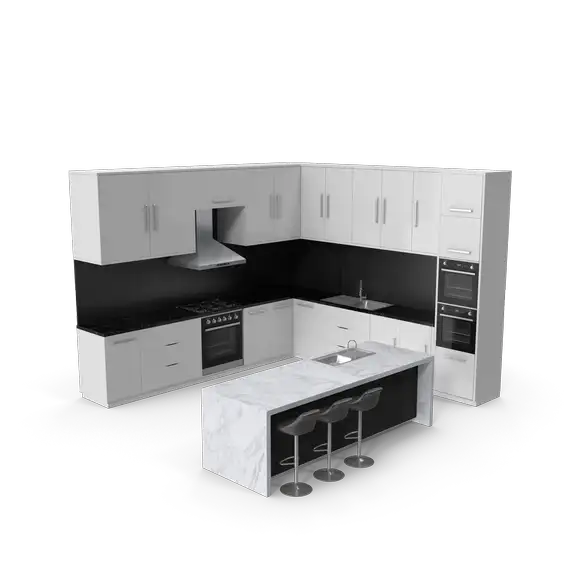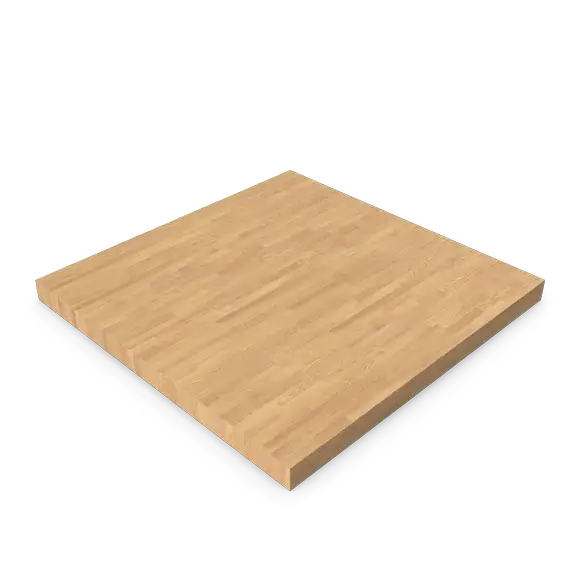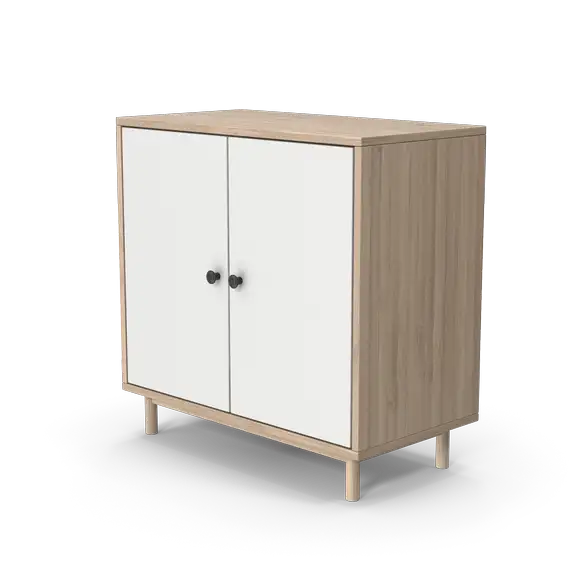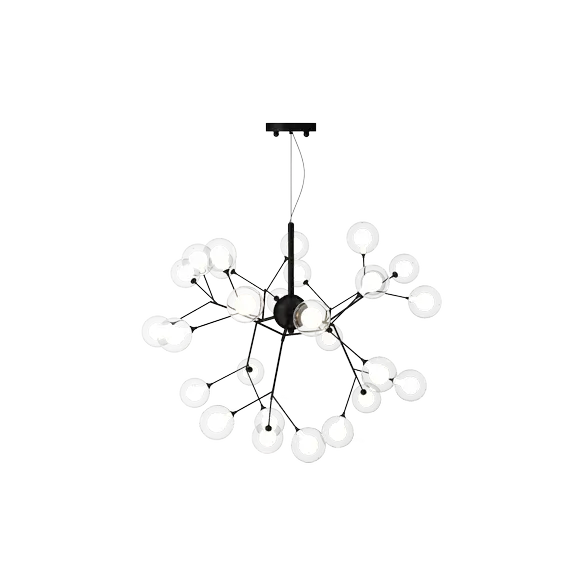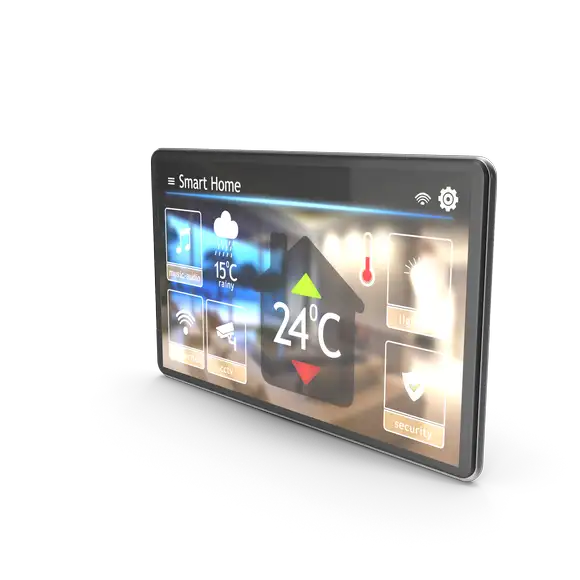A butterfly roof is an innovative architectural feature that captures attention with its unique design. Characterized by two sloping surfaces that converge in the middle, it forms an inverted V or U shape, reminiscent of a butterfly’s wings in flight. This roof style offers both aesthetic appeal and functional benefits, making it a favored choice in contemporary architecture.
Definition and Characteristics
The butterfly roof stands out due to its distinctive shape. Unlike traditional roofs that slope outward, the butterfly roof slopes inward toward a central valley. This central valley often serves as a channel for water collection and drainage, making it an integral part of the roof’s functionality. The slopes can vary in steepness, but the defining feature is their inward tilt, creating a dramatic and modern look.
Advantages of a Butterfly Roof
One of the most significant advantages of a butterfly roof is its ability to allow for higher ceilings and expansive windows. This design maximizes natural light, enhancing the sense of space and openness within the building. Homes with butterfly roofs often feel brighter and more connected to the outdoors, thanks to the large window areas that can be incorporated into the design.
The central valley of a butterfly roof also provides an efficient system for rainwater harvesting. By channeling rainwater into a collection system, this roof style supports sustainable living practices. The collected water can be used for irrigation, reducing the demand on municipal water supplies and lowering utility bills.
Furthermore, the unique shape of the butterfly roof can improve ventilation within the building. The sloping design facilitates natural air circulation, which can help keep the interior cool during hot weather. This passive cooling effect can reduce the need for air conditioning, contributing to energy efficiency.
Common Applications
Butterfly roofs are most commonly seen in residential buildings, particularly those aiming for a modern or mid-century modern aesthetic. They are popular in:
- Mid-Century Modern Homes: The butterfly roof became a hallmark of mid-century modern architecture, celebrated for its futuristic and minimalist design. Architects like Richard Neutra and John Lautner frequently used this roof style to create iconic homes.
- Eco-Friendly Designs: Contemporary sustainable architecture often incorporates butterfly roofs to leverage their natural light and ventilation benefits. The ability to harvest rainwater aligns with eco-friendly building practices.
- Luxury Residences: High-end homes utilize butterfly roofs to create expansive, dramatic living spaces. The roof’s unique shape can also frame panoramic views, adding to the luxury experience.
Structural Considerations
Designing a butterfly roof requires meticulous planning and execution. The inward slopes must be carefully engineered to ensure proper water drainage and prevent pooling, which can lead to leaks and structural damage. Waterproofing the central valley is critical to maintain the roof’s integrity.
Additionally, the materials chosen for a butterfly roof must withstand local weather conditions. For example, in areas with heavy snowfall, the roof’s design must accommodate the additional weight. Wind resistance is another crucial factor, as the roof’s shape can create unique aerodynamic challenges.
Proper insulation is essential to maximize the energy efficiency benefits of a butterfly roof. Insulating the roof well can prevent heat loss in winter and keep the interior cool in summer, enhancing the overall comfort of the home.
Examples of Butterfly Roofs
- Mid-Century Modern Homes: Richard Neutra’s Kaufmann House in Palm Springs, California, is a classic example of mid-century modern architecture featuring a butterfly roof. The roof’s design helps integrate the home with its desert surroundings.
- Eco-Friendly Designs: The Desert Rain House in Bend, Oregon, uses a butterfly roof to collect rainwater and solar energy, demonstrating the roof’s potential in sustainable architecture.
- Luxury Residences: Many contemporary luxury homes incorporate butterfly roofs to create striking architectural statements. The expansive windows and high ceilings facilitated by this design offer breathtaking views and a sense of grandeur.
Comparison with Other Roof Styles
| Roof Style | Shape | Advantages | Common Uses |
|---|---|---|---|
| Butterfly Roof | Inverted V | High ceilings, natural light, rainwater collection | Modern homes, sustainable architecture |
| Gable Roof | A-shaped | Simple construction, effective water runoff | Traditional homes, barns |
| Flat Roof | Flat | Easy to construct, usable roof space | Commercial buildings, modern homes |
| Hip Roof | All sides slope downwards | Stability, durability in high winds | Residential homes, bungalows |
Future Trends in Butterfly Roof Design
As architectural trends evolve, the butterfly roof continues to gain popularity, especially in sustainable and energy-efficient home designs. Future trends may include the integration of advanced solar panel systems within the sloping surfaces of the roof. This design not only maximizes energy capture but also maintains the sleek, modern aesthetic.
Another trend is the use of green roofs, where vegetation is planted along the sloping surfaces. This not only enhances insulation but also promotes biodiversity and improves air quality. The combination of a butterfly roof with green roof technology exemplifies the move towards more sustainable building practices.
Innovative materials are also playing a role in the future of butterfly roofs. The use of lightweight, durable materials that offer superior insulation properties can further improve the energy efficiency of these roofs. Advances in waterproofing technology ensure that the central valley remains leak-free and efficient in water management.
Advantages of Modern Butterfly Roofs
Modern butterfly roofs offer several advantages that go beyond traditional designs. The use of smart home technology allows for automated climate control, optimizing ventilation and temperature based on real-time data. This integration enhances the living experience and further reduces energy consumption.
Additionally, the aesthetic versatility of butterfly roofs allows architects to experiment with different angles and materials, creating unique and personalized home designs. This flexibility makes the butterfly roof an appealing choice for homeowners looking to make a bold architectural statement.

